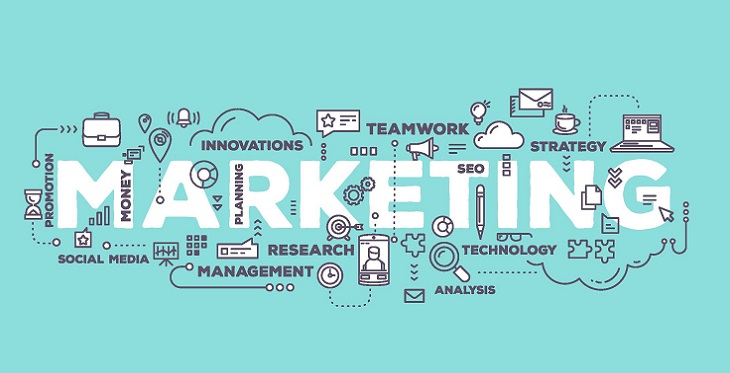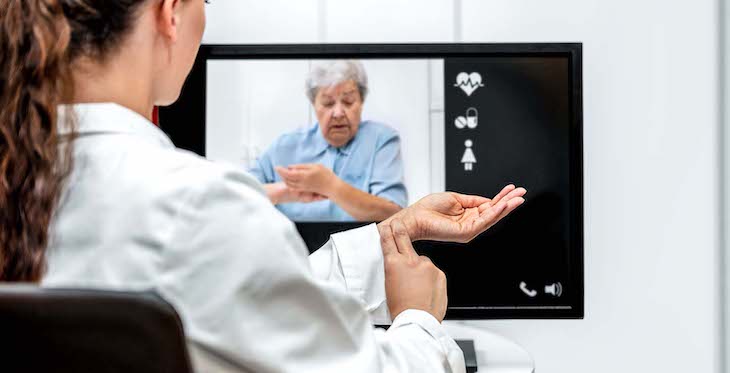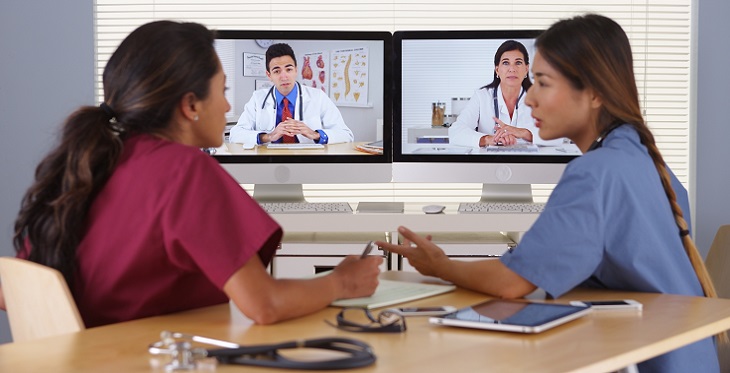Arizona’s strength in rural is our many partnerships. Arizona is the 6th largest state in the U.S. by area, and over 81.8 percent of all Arizona land is state, federal or tribal controlled; there is a lot of area to cover. Plus, there is a lot of great work going on in all regions of Arizona, and we thought “let’s share this, let’s go on a “Virtual Road Trip” Via a webinar. We reached out to folks and before we knew it, 12 groups volunteered to share their vision.
And on November 21, 2019, we started our “Virtual Road Trip” in Tucson.




